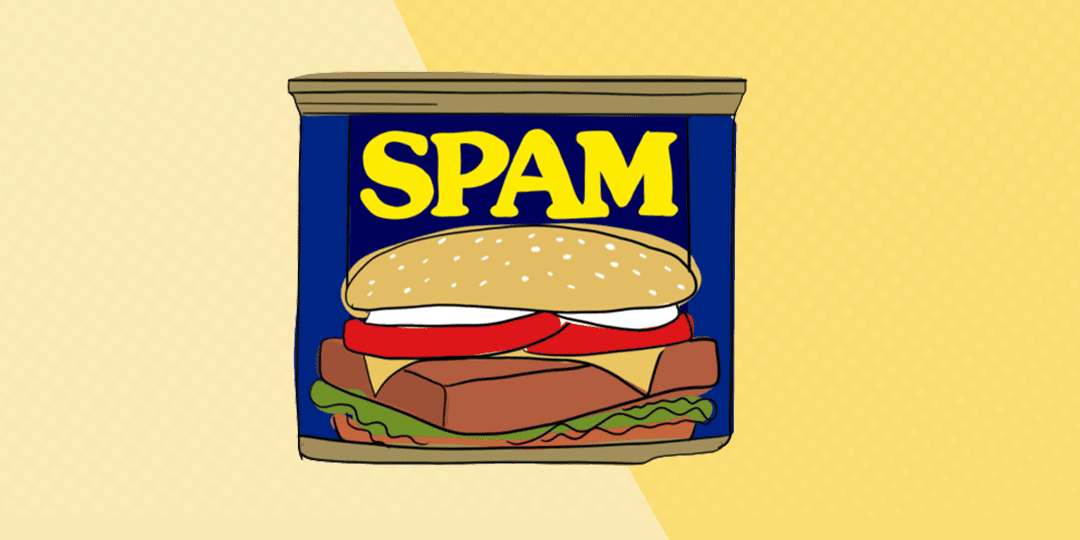
In this project, I took on the challenge of making email inboxes cleaner by creating a spam filter specifically for SMS messages. This journey wasn’t just about diving deep into the world of machine learning; it was about applying this technology to something that impacts our everyday communication. My tool of choice was the multinomial Naive Bayes algorithm, which I used to teach a computer how to tell the difference between spam and legitimate messages.
I trained the algorithm with a dataset of 5,572 SMS messages, each carefully labeled by humans as spam or not spam. This dataset, courtesy of Tiago A. Almeida and José María Gómez Hidalgo, is available through the UCI Machine Learning Repository.
At the heart of my project was the goal to leverage the algorithm’s ability to accurately predict and classify new messages based on what it has learned, essentially weeding out the spam. It’s interesting to note that the dataset encompasses a broad spectrum of messages, including some with sensitive content. This underscores the real-world challenges of spam filtering and highlights the practical significance of my project.